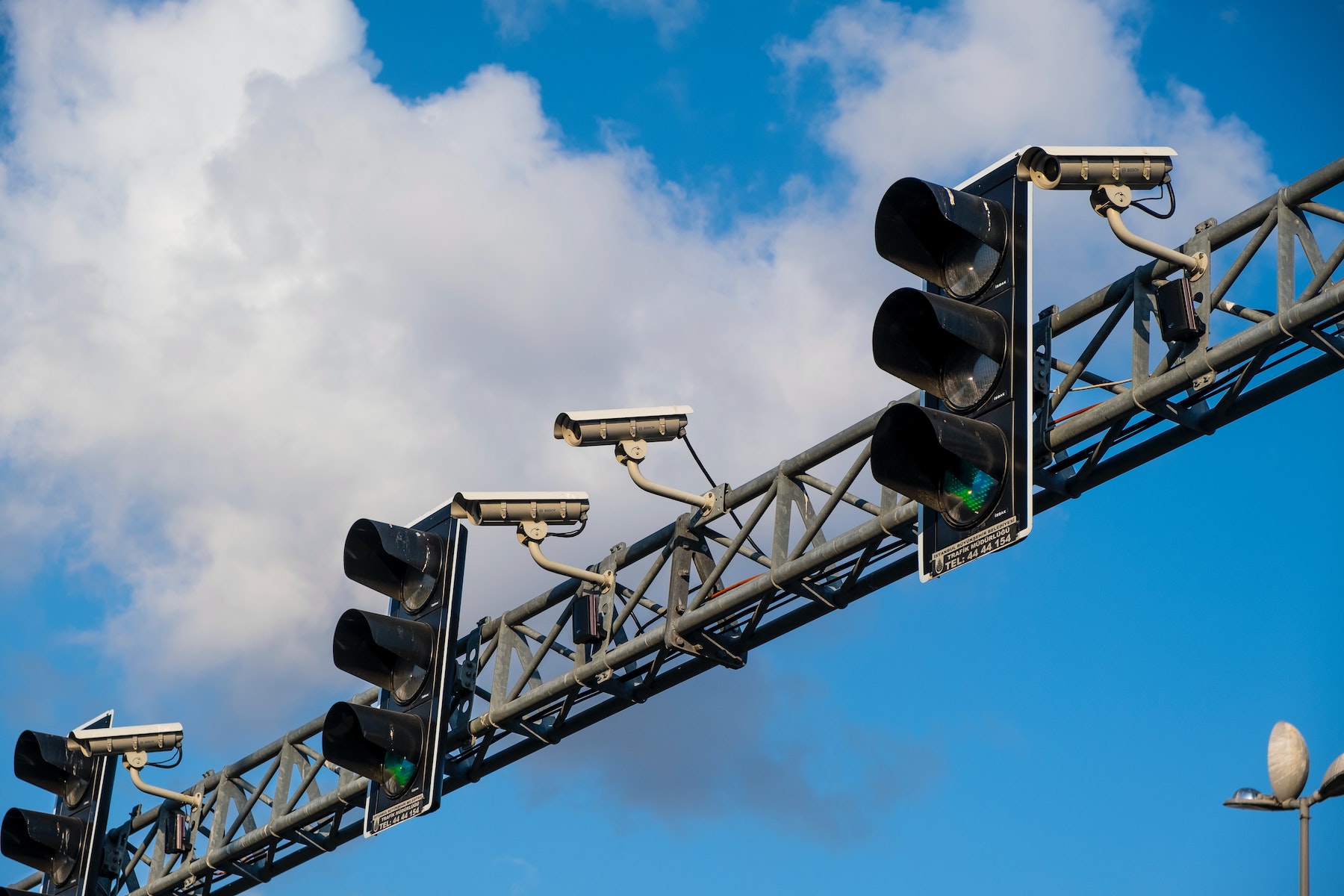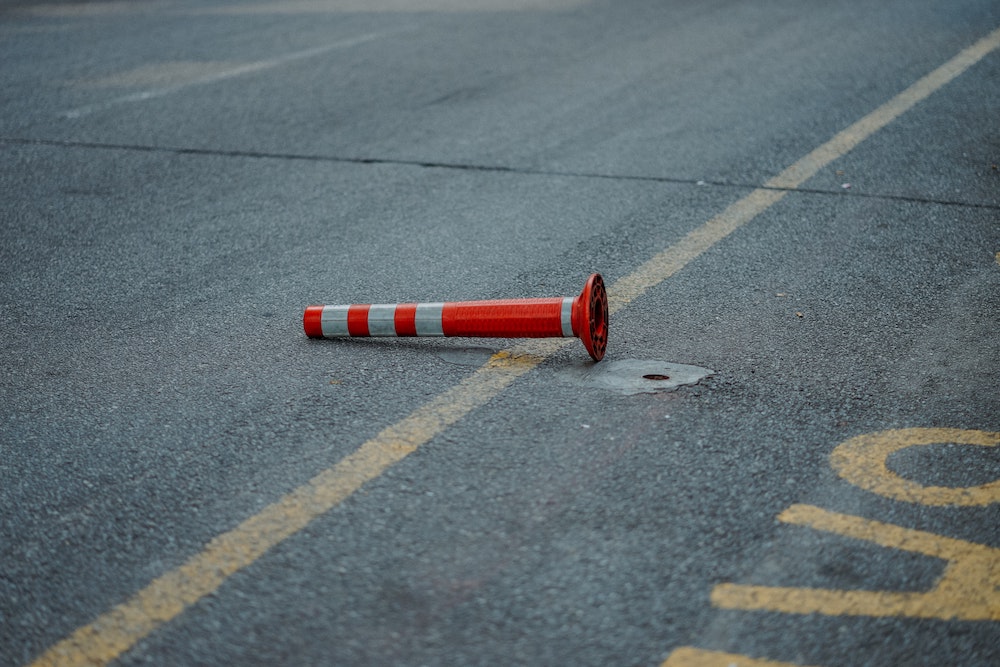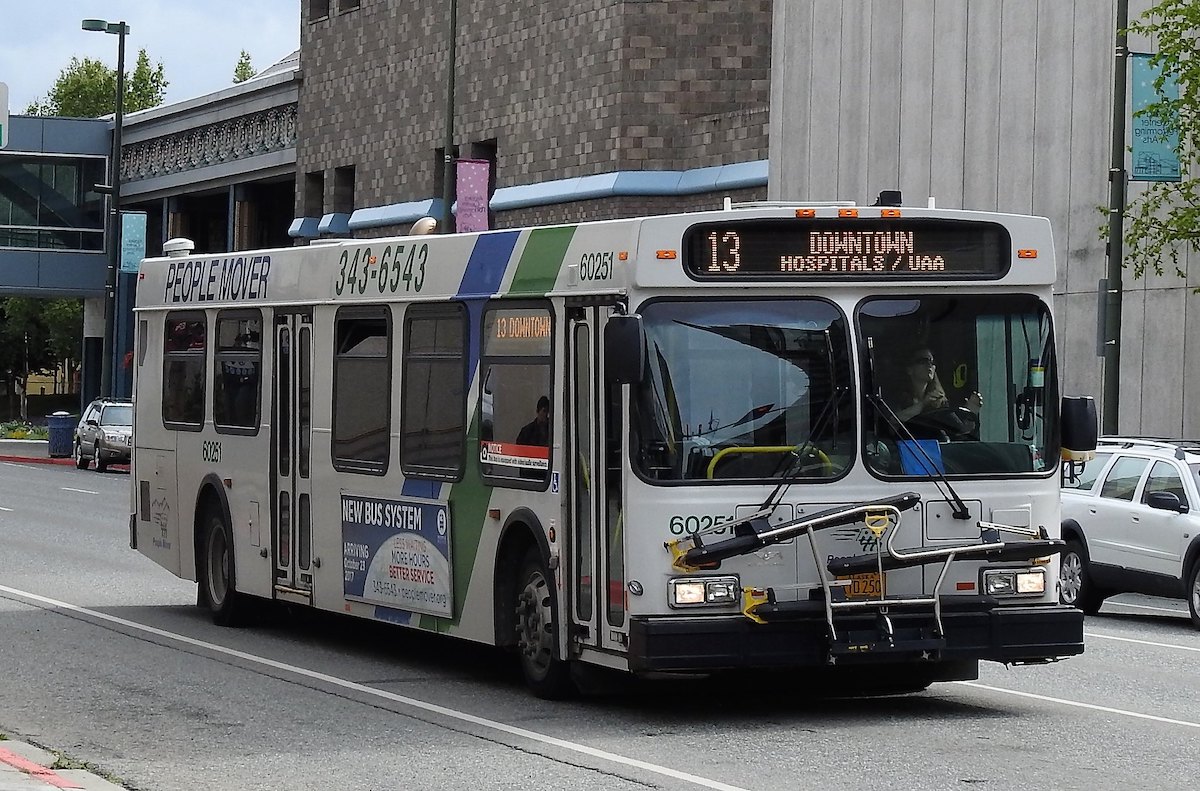Want safer streets with fewer cops? Smile for the camera.
Automated traffic enforcement is how Anchorage can have safer streets and equitable policing.
We all want to feel safe, we take comfort in knowing that our trained law enforcement officers are just a phone call away when we need them, but when do we need them?
Do we really need to have a police officer with over 100 hours of firearms training to write you a ticket for speeding or making a rolling stop?
Routine traffic stops by police officers can often create an unnecessarily dangerous situation for both the motorist and the police officer.
Racially profiling during routine traffic stops, commonly referred to as “driving while black” is responsible for a disproportionate number of convictions of minorities for misdemeanor offenses and creates what the ACLU calls a self-fulfilling prophecy that most drug offenses are committed by minorities. This practice also leads to a significant number of incidents involving police brutality and even fatal police shootings.
One in five Americans interacts with law enforcement yearly. Of those encounters, one million result in use of force. And if you’re Black, you are two to four times more likely to have force used than if you are White.
Center for Policing Equity
The talk is a colloquial expression for a conversation some Black parents in the United States feel compelled to have with their children and teenagers about the dangers they face due to racism or unjust treatment from authority figures, law enforcement, or other parties, and how to de-escalate them. Routine traffic stops are a primary cause of concern for these parents.
Officer safety is not without consideration either and routine traffic stops are inherently dangerous. From 2006-2019, 809 police officers died due to motor vehicle-related incidents (struck by and crashes) which accounts for 43% of all line-of-duty deaths – National Law Enforcement Officers Memorial Fund)
Improving safe driving habits is an obtainable goal in any automated enforcement program.
According to the Insurance Institute for Highway Safety (IIHS), crashes from red-light running caused 139,000 injuries and 846 fatalities in 2018, and 26% of all crashes are speed-related (NHTSA).
Research conducted by the National Highway Traffic Safety Administration (NHTSA) has documented measurable decreases in crash-related injuries for both automated speed enforcement and red-light running enforcement programs.
If enacted, this wouldn’t be the first time that Anchorage has experimented with automated enforcement. A 1993 ordinance sponsored by then assemblyman Mark Begich authorized the use of photo radar and in 1995 a program was launched through a public-private partnership with a company called American Traffic Systems (ATS).
White SUVs were fitted with photo radar equipment and were placed in random locations throughout the city and in less than a year the city issued over 22,000 citations of which the contractor, ATS kept 70% of the proceeds. The program was wildly unpopular with residents and allegations of overly aggressive and even fraudulent ticketing led to water balloon assaults on the ATS vehicles and a two-month-long court hearing that ultimately killed the program. A court decision found the tickets to be unreliable evidence and the courts would no longer convict motorists who contested their tickets.
The Anchorage Assembly voted to end the photo radar program in March 1997 but local activists took it a step further and successfully put forth a ballot measure in the 1996 city election that would ban all automated traffic and parking enforcement by amending the city charter to require a human police officer to issue citations.
In 2017 an ordinance submitted by Anchorage Assembly members Dick Traini and Elvi Gray-Jackson sought to amend the city charter to lift the ban on automated enforcement and allow red-light enforcement -The measure was met with fierce opposition and defeated.
Alaska does not currently have any statewide laws authorizing or prohibiting the use of automated traffic enforcement systems.
The 1997 photo radar program was a failure but we can learn from our mistakes. Automated traffic enforcement is a valuable tool that we can employ to make Anchorage a safe and equitable city while generating much-needed revenue and without increasing property taxes or passing new tax initiatives.
If enacted, the Municipality would have to ensure that these systems operate within reasonable parameters to avoid overly aggressive enforcement. For example, speeding tickets should only be issued for 10+ MPH infractions. There should also be a non-court review process with the authority to dismiss contested citations in the case of erroneous issues and stolen vehicles.
What if it’s icy outside and I slide through the intersection?
In most cases when this happens, the motorist is driving too fast for the conditions and as a result, they’re unable to stop. Nobody should be given a ticket for passing through a yellow light or one that turns red after entering the intersection but drivers are responsible for observing weather conditions and driving accordingly.
Some critics have voiced concerns over the disproportionate financial impacts on low-income families but the fact is when these programs are conducted fairly and accurately, the citations are a purely voluntary tax.
Cities in nineteen states are actively using photo radar and twenty-one states allow red-light cameras. There doesn’t seem to be a legitimate reason for Anchorage to be an exception other than a willful disregard for traffic laws that only serve to keep us safe.
.



